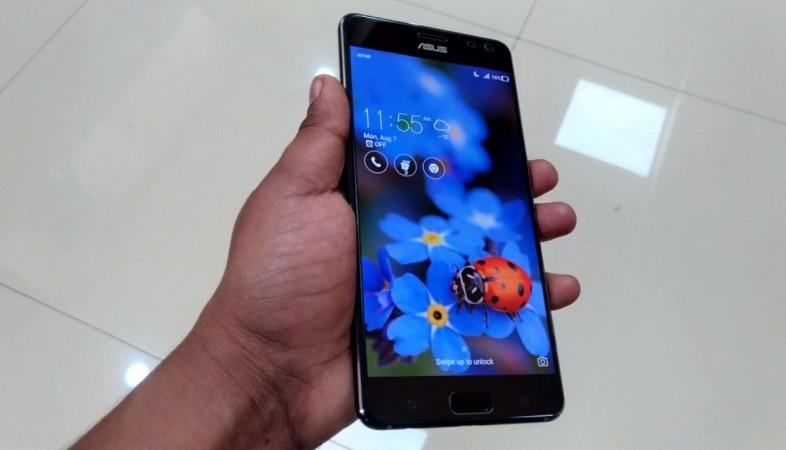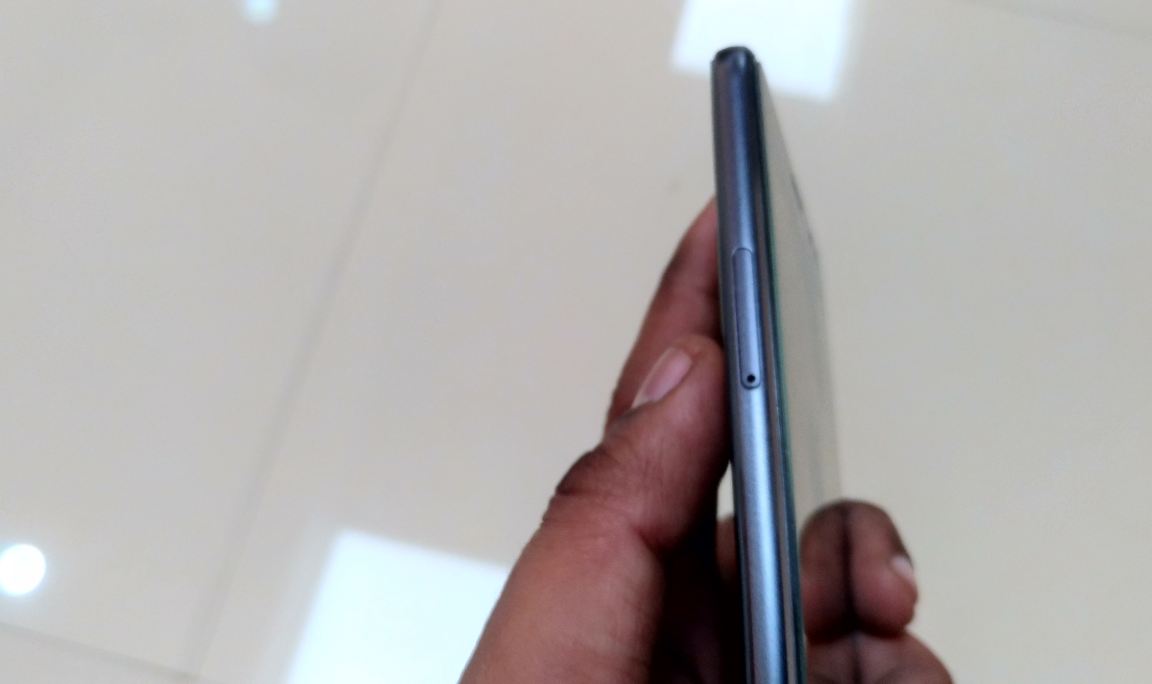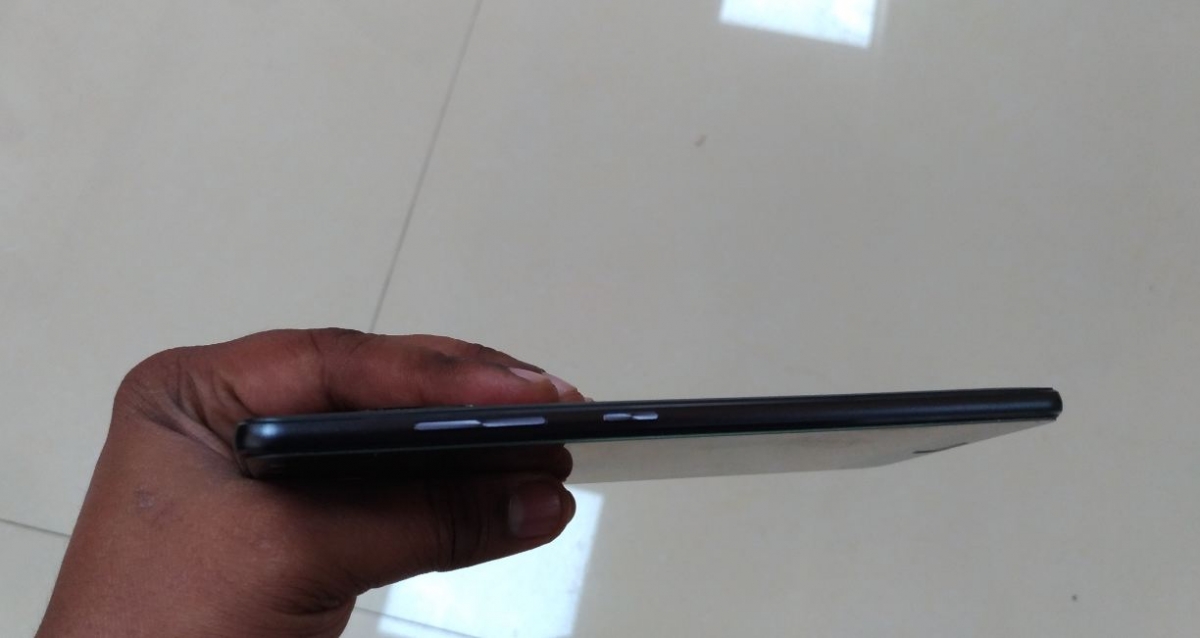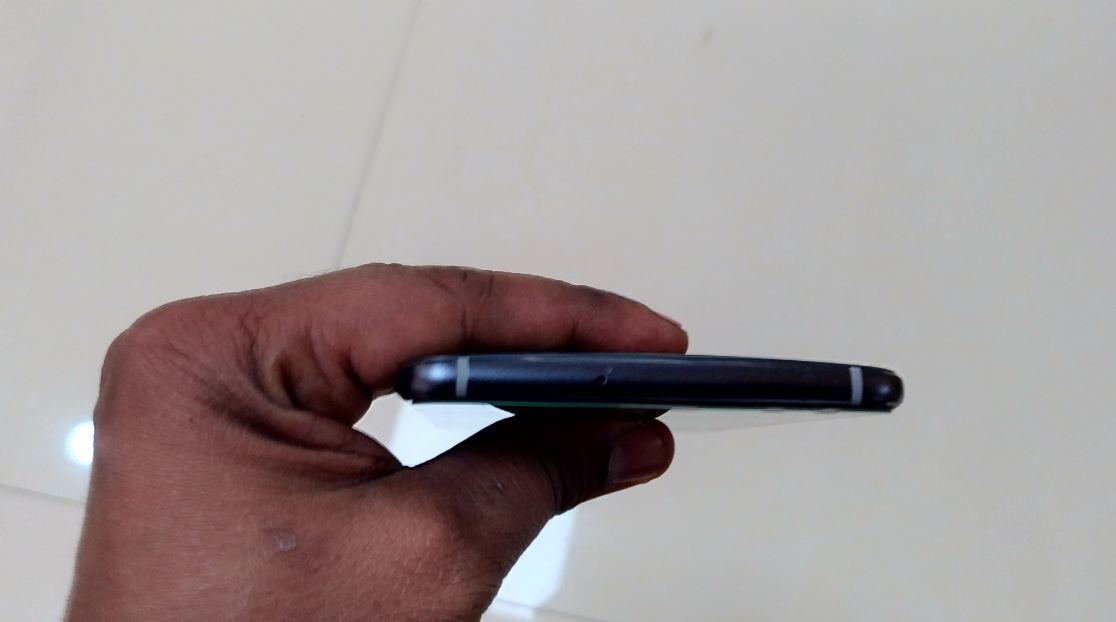When Lenovo first launched the commercial version of the Google's Project Tango-enabled phone: Phab 2 Pro in 2016; it floored many tech critics for its AR (Augmented Reality) camera capabilities and other use-cases. But, it was a bit underpowered and that's probably why it had low traction among commoners.
In 2017, Asus joined the wagon by partnering Google for the second generation Project Tango phone and going by the spec-sheet, it is poised to attract both the tech critics and consumers alike, as it has top-notch specifications and new-age camera sensors that promise to offer immersive AR experience than before.
Also read: HTC-made Google Pixel 2 series passes FCC certification; key features revealed ahead of launch
Recently, Asus Zenfone AR made its way to India and we had the opportunity to test the device's capabilities and here's our take on it.
Asus Zenfone AR design and display review:
Asus Zenfone AR is quite a looker. It comes with a good mixture of high-grade metal around the edges with leather finish on the back exuding a sense of premium feel. It measures very thin 4.6mm at the edge and 8.9mm in thickness in the middle forming visually pleasing and ergonomic curvaceous body providing good grip for the fingers to hold.
On the front, 5.7-inch Zenfone AR boasts power efficient super AMOLED screen with WQHD (aka 2K: 2560x1440p) resolution, guaranteeing rich viewing experience for a longer time than conventional phones with LCD panels.

Asus Zenfone AR performance review:
Asus Zenfone AR boasts PC-grade configuration with sumptuous 8GB LPDDR 4 series RAM and 128GB (UFS 2.0) internal storage. It is powered by Qualcomm's Snapdragon 821 quad-core processor and it does not disappoint at all.
In the AnTuTu test, the Zenfone AR scored an impressive 1,55,323 points. And on Geekbench, it managed to get 1810 and 4,193 points on single-core and multi-core tests, respectively.
Asus Zenfone AR camera review:
The highlight of the Asus Zenfone AR is its camera hardware. In our opinion, it is unarguably the most advanced equipment compared to any other in the market.
It houses a feature-rich 23MP rear camera with Google's Project Tango TriCam system having Motion tracking camera technology. It also comes packed with a dedicated depth-sensing camera having an infrared (IR) projector.
The Zenfone AR also comes equipped with a set of advanced sensors and computer-vision software developed by Google that enables unique AR (Augmented Reality) user experiences on a smartphone, such as AR gaming, AR utilities, and indoor navigation.
And, the phone also supports Google's Daydream platform for high quality, mobile virtual reality and Daydream VR (Virtual Reality) apps.
Playing with 3D imaging capabilities was lot of fun for us, be it measuring distance between objects and the virtual tour of BMW car interiors right inside our living room was magical. The Zenfone AR offers everything a flagship phone should and it goes notch-up in terms of immersive experience. But lack of application in current scenario, we are not able to make proper use of the Zenfone AR. For instance, we played iStaging demo app, an online furniture shop, wherein it allowed us to pick a chair and virtually drop it in our living room and see how it fits in the allotted space and how well it looks with other furniture in the home. This is such a huge improvement, only if the e-commerce sites in India incorporate AR technology and offer this facility, we have no doubt it will take online shopping experience to a whole new level.
For now, users can play with good 3D-based virtual tour apps and also games with VR headsets. With more 3D games coming this year, users will soon be able to morph their own image on protogonist of a game and even use their own house as the playing field, as well.

As far as the 23MP camera's photo-taking ability is concerned, we have no complaints. It took stunning images during bright day conditions and also during evening twilight conditions. But, in the night the quality starts to decline, but the images are on par with rival flagship phones in the same price range.

On the front camera, Asus Zenfone AR houses 8MP shooter with f/2.0 aperture and selfie flash support. It too took some really good snaps and is capable of capturing big group selfies, as well.
Asus Zenfone AR battery life review:
Asus Zenfone AR comes with 3,300mAh battery and it is more than enough to keep the phone running the whole day, but once you start playing with the AR-related features be it the 3D mapping of the room or wardrobe and play graphics-rich games and stuffs, it gets drained faster than usual.
Thank fully Asus Zenfone AR also boasts of BoostMaster Fast Charging, which can achieve 60 percent battery capacity in 39 minutes (18W).
Asus Zenfone AR review: Verdict
Asus Zenfone AR is unarguably the most unique flagship phone currently in the market. It has the powerful processor and the best system configuration (RAM + Storage + Battery), but what makes it standout from the crowd is the Google's Project Tango-enabled software and sensors integrated with primary camera, which is unparallelled.
Sadly, the usability of such high-end technology camera and sensors are limited, as our e-commerce firms are yet to embrace the AR experience. It can be utilised more effectively in US, as some e-shops such WayFairView has upgraded their infrastructure to offer immersive shopping experience.
Having said that, Asus Zenfone AR is a keeper and its sophisticated hardware make the device future-ready unlike rival brands, where their flagship status get relegated within one year or six months after the launch. But, in the case of Asus Zenfone AR, we believe it will still be relevant for next three years at least.
With future updates, Zenfone AR will particularly come handy to visually impaired people. With 3D mapping technology, the phone will give accurate navigation guidance, when blind people find themselves in uncharted places. For instance, while shopping for groceries, the smartphone can take you directly to the shelf containing the product you are looking for.
Pros:
- Top-notch camera hardware
- Futuristic Google Project Tango-enabled AR capabilities
- Good build quality
- Best system configuration (8GB LPPDDR 4 RAM + 128GB Storage)
- Decent battery
Cons:
- Though AR capabilities are praise worthy, its usefulness is limited, as e-commerce firms in India are yet to upgrade their service to provide immersive experience to its patrons. Having said that, Asus Zenfone AR owner can proudly flaunt their device, as it is the lone flagship phone in the market capable to embrace next era of e-commerce evolution.
Key specifications of Asus Zenfone AR:
| Models | Asus Zenfone AR |
| Display | 5.7-inch WQHD (2560x1440p) super AMOLED screen
Touch:
|
| OS | Android 7.0 with brand-new ASUS ZenUI 3.5 |
| Processor | 2.34GHz Qualcomm Snapdragon 821 (Kryo cores x 4) quad-core |
| GPU | Adreno 530 |
| RAM | 6GB/8GB LPDDR4 |
| Storage | 32GB / 64GB / 128GB / 256GB (UFS v2.0), expandable up to 2TBSpecial offer:
|
| Camera | Main:
TriCam System for Tango:
Front:
|
| Pixel Master 3.0 camera mode | Back Light (HDR) Mode, Low Light Mode, Manual Mode (for DSLR-like camera detail settings), Real Time Beautification Mode, Super Resolution Mode (for up to 4X resolution photos), Night Mode, Depth of Field Mode, Photo Effect Mode, Selfie Panorama, Selfie Mode, GIF Animation Mode, Panorama Selfie Mode, Miniature Mode, Time Rewind Mode, Smart Remove Mode, All Smiles Mode, Slow Motion Mode, Time Lapse Mode, Panorama Mode |
| Battery | 3300mAh (non-removable)
|
| Network | 4G-LTE |
| Add-ons | Google's Daydream VR platform compatible Fingerprint sensor, dual-SIM (type: nano), Bluetooth v4.2, Wi-Fi (802.11 a/b/g/n/ac; dual-band: 5GHz & 2.4GHz 2x2 MIMO support), A-GPS, GLONASS/BDS, USB Type –C 2.0, 3.5mm audio jack, NFC (Near Field Communication)Audio:
|
| Dimensions | 158.7 x 77.4 x 4.6 ~ 8.95 mm |
| Weight | 170g |
| Colours | Leather-like finish : Charcoal Black Premium-crafted metallic diamond-cut |
| Price | Rs. 49,999 |























